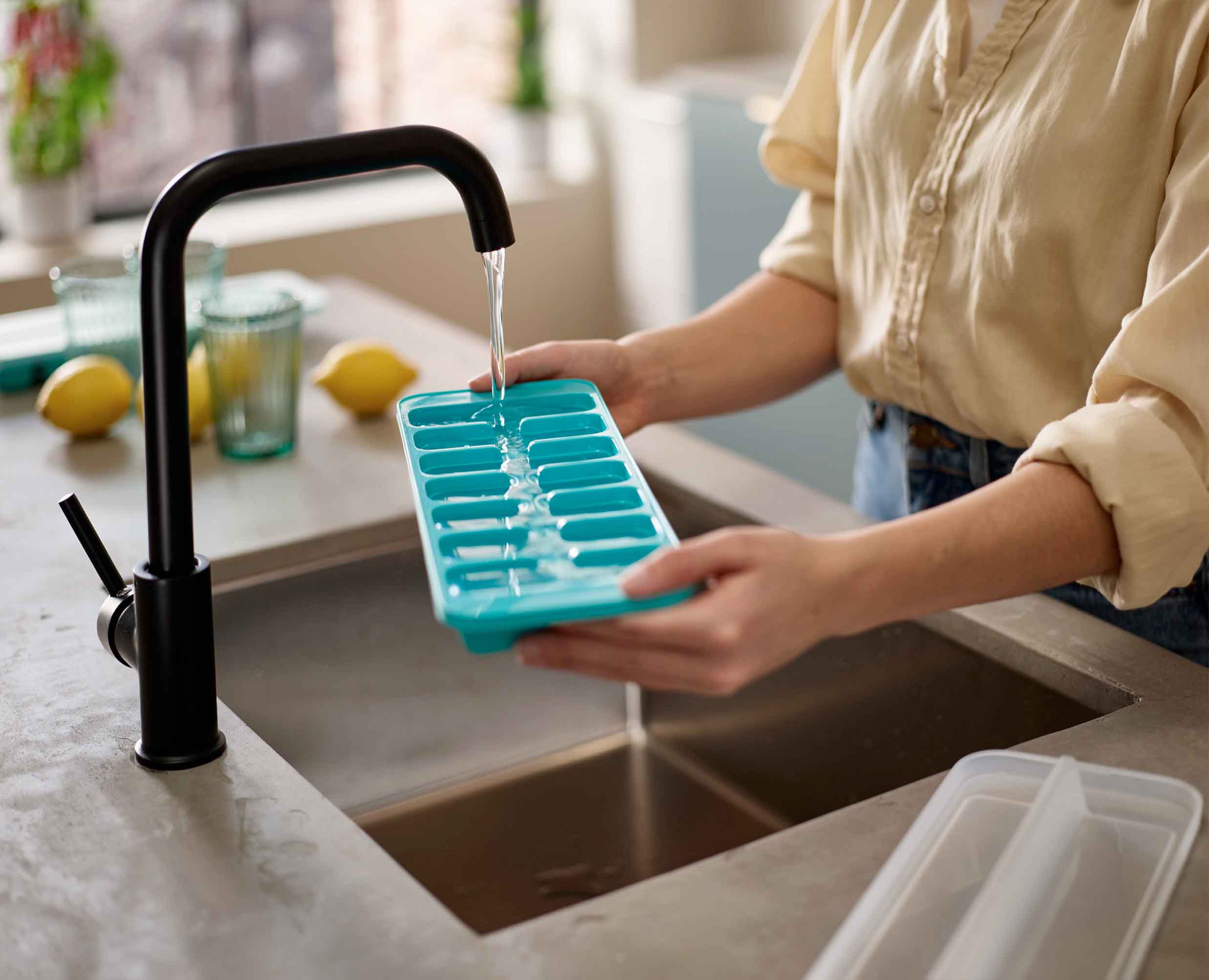In the realm of consumer product design, particularly in homeware and kitchenware, true innovation often lies in the art of refining the ordinary, a concept passionately advocated by Oscar Daws, Co-Founder and Managing Director of Tone Product Design.
Innovation isn’t always about groundbreaking ideas; often, it’s the subtle enhancements to daily-use products that create commercial opportunities. The common misconception is that innovation equates to inventing something entirely new. However, many of the most successful brands have thrived by reinventing existing products.
For companies aiming to innovate, particularly in homeware design, the most notable achievements lie in addressing those small, everyday issues that have been overlooked. Innovations could be as simple as a storage solution that maximises kitchen space, an expandable speaker system, or easy-to-assemble furniture. These products resonate because they are familiar yet improved, instantly communicating their potential to simplify consumers’ lives.
For the product designer, the focus should be on identifying and enhancing existing archetypes, assessing consumer needs, and the commercial viability of these improvements. This might involve adding a new feature to solve a specific problem, like an ice-cube tray that’s easier to fill and empty, or adopting a systemic approach to revamp entire product lines, such as a retailer’s own-brand range designed for a cohesive user experience.
Rethinking the ordinary, rather than introducing entirely new concepts, can often be the key to commercially successful product innovation.

The Flow™ Easy-fill Ice-cube Tray for Joseph Joseph
Identifying Meaningful Problems
The essence of product innovation in consumer product design, especially in kitchenware design, is to develop or enhance products in ways that address consumer needs. It’s crucial to discern the real issues that resonate with consumers and stand out in a competitive market.
Considerations must include changing consumer lifestyles and preferences. For example, many DIY retailers have traditionally targeted customers with expansive outdoor spaces, neglecting those with smaller patios or balconies. Similarly, with the average UK home size decreasing, there’s an emerging need for more efficient home storage solutions.
Choosing the Right Problems to Solve
Isolating scenarios ripe for innovation is the first step, followed by determining the commercial viability of these improvements. It’s about understanding whether consumers are willing to pay a premium for enhanced features and whether these enhancements address a genuine need.
For larger corporations, a broader, system-level approach that spans multiple products can create significant value, especially when underpinned by robust sales data. Customers often appreciate well-designed product ecosystems, where the combined value exceeds the sum of its parts.
Balancing Commercial Viability with Design
Staying ahead in the market is crucial for leading brands, and smart design is a key differentiator. Tone’s collaboration with Joseph Joseph, known for their intelligently designed homeware, illustrates this. The Flow™ Easy-fill Ice-cube Tray, for instance, was a project that reimagined a common household item. The challenge was to innovate while maintaining simplicity in manufacturing. The solution involved a design that allowed for easy filling and storage, addressing a widespread consumer frustration.
Similarly, OXO has excelled in identifying and addressing lifestyle shifts, enhancing products to suit the modern home-office environment. Hozelock, with a history of gardening innovations, has also recently adapted its offerings for smaller outdoor spaces, acknowledging the evolving needs of its customers.
The Benefits of Incremental Innovation
This approach to innovation maintains competitiveness and is typically more cost-effective than developing brand-new products. However, standing out in a saturated market demands rigorous original thinking and a commitment to creating products that are not just different, but substantially better.
In consumer product design, particularly in sectors like homeware and kitchenware, the journey of innovation is challenging yet immensely rewarding for those who can master the art of enhancing the ordinary.
Want to know more?
If you’d like to talk to us about what we do or tell us about a new project, send us an email at:
We’d love to hear from you.
Read more of our news
Reinventing the Ordinary
Tone co-founder Oscar Daws talks to DesignWanted about product innovation, and why sometimes the most important advances are in making everyday products that little bit better.
Read more